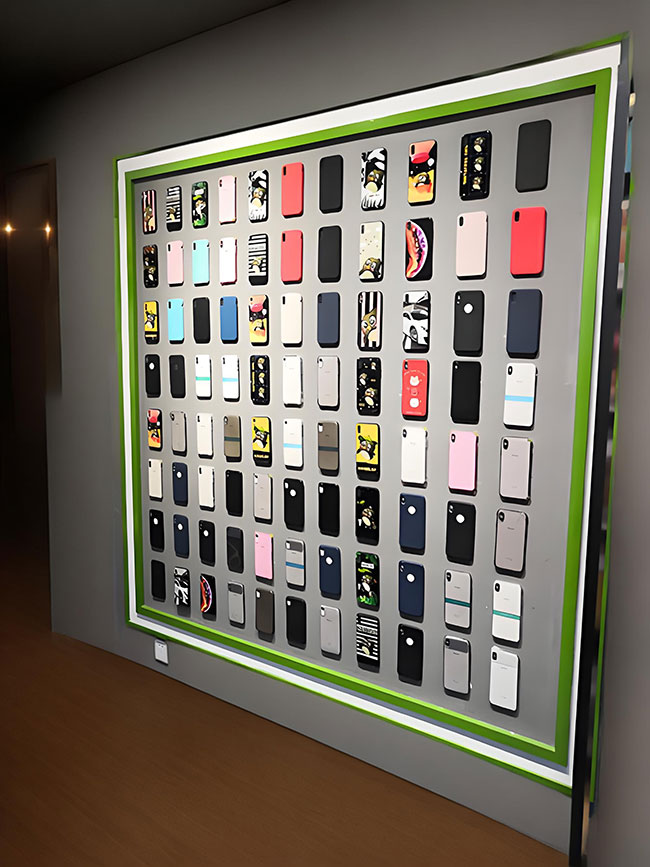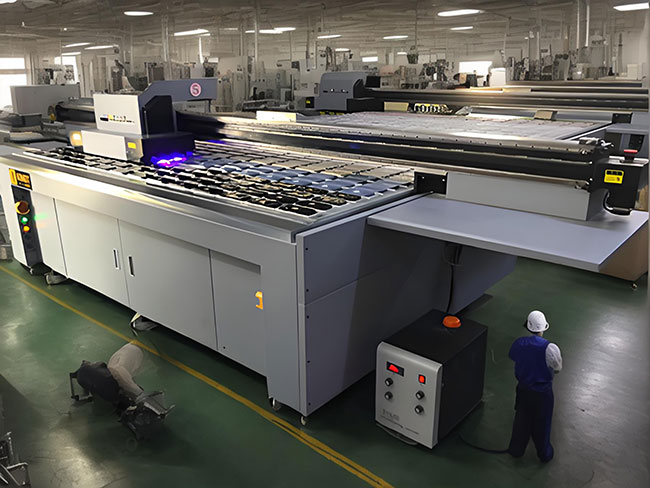-
Unveiling the secrets behind the repair and recycling of mobile phone chargers
Charger ViewCount
Mobile phone chargers have become a common accessory in our daily lives. However, have you ever thought about what repair and recycling secrets are hidden behind these seemingly ordinary chargers? Today, I will take you to explore the truth.
My curiosity began with a chance encounter. That day, while organizing my belongings at home, I discovered a pile of discarded phone chargers. Some of these chargers are no longer usable, while others appear to be able to continue using them. Out of my interest in electronic products, I have decided to conduct some research on these chargers to see if there are any unknown secrets behind them.
Firstly, I began to understand the basic structure and working principle of mobile phone chargers. Mobile phone chargers are mainly composed of power transformers, rectifiers, filters, and voltage regulators. Their function is to convert alternating current into direct current and provide stable charging current for mobile phone batteries by adjusting voltage and current. After understanding these basic knowledge, I began my journey of exploration.
I first tried to fix the chargers that seemed to be working. After careful inspection and testing, I found that many charger issues are not actually complicated. Some are caused by loose coils inside the power transformer, resulting in unstable output voltage; Some are caused by the aging of capacitors in the filter, resulting in fluctuations in charging current. I successfully repaired several chargers by rewinding the coils and replacing the capacitors, and they have regained their vitality once again.
However, not all chargers can be repaired so easily. Some charger issues involve damage to tiny components on the circuit board, and even require the use of professional equipment for inspection and repair. This made me realize that repairing a phone charger is not a simple task, it requires the support of professional knowledge and skills.
During the process of repairing the charger, I also discovered an interesting phenomenon: many charger failures are not due to improper use, but rather because of their shorter design lifespan. Modern electronic products are being updated very quickly. In order to pursue higher profits, mobile phone manufacturers often shorten the service life of chargers, thus prompting consumers to buy new chargers. This phenomenon not only wastes resources, but also exacerbates environmental pollution.
So, I started thinking about how to better handle these discarded chargers. At this moment, I thought of recycling. Recycling can not only reduce resource waste, but also minimize environmental pollution. So, I started to understand the recycling process of mobile phone chargers.
Through researching and consulting with professionals, I have learned that the process of recycling mobile phone chargers can be roughly divided into the following steps:
1. * * Classified collection * *: Firstly, discarded chargers need to be classified and collected. Different types of chargers require different processing, so classifying and collecting them is a very important first step.
2. * * Disassembly * *: The collected chargers will be sent to a professional recycling factory for disassembly. Workers will use tools to split the charger into different components, including power transformers, rectifiers, filters, and circuit boards.
3. Handling Hazardous Substances: During the dismantling process, workers will pay special attention to handling hazardous substances in the charger, such as lead, mercury, and cadmium. If these harmful substances are not handled properly, they can have serious impacts on the environment and human health.
4. Recycling valuable materials: The disassembled components will be further processed to extract valuable materials. For example, copper and aluminum wires can be recycled and reused, and precious metals such as gold, silver, and palladium on circuit boards can also be extracted.
5. Remanufacturing: The extracted materials will be sent to a remanufacturing factory for reprocessing into new electronic product components. In this way, discarded chargers are effectively recycled.
After understanding these processes, I have gained a deeper understanding of the recycling of mobile phone chargers. However, I also discovered some issues. For example, many discarded chargers are not sent to professional recycling factories, but are casually discarded, causing environmental pollution. In addition, some criminals also extract valuable materials from chargers through illegal means, causing waste of resources and environmental damage.
To address these issues, I believe we need to strengthen public awareness of environmental protection and make more people aware of the importance of recycling mobile phone chargers. At the same time, the government and enterprises should also increase their support for the recycling industry, establish a more comprehensive recycling system, and ensure that discarded chargers can be effectively processed and utilized.
During my exploration, I also encountered some interesting people and things. For example, while visiting a recycling factory, I met a young engineer. He told me that he is researching how to use discarded chargers to make new electronic products. His creativity and passion deeply moved me and filled me with anticipation for future recycling technologies.
tags: Manufacturer China made Wholesaler Mobile Accessories Wholesaler Supplier Factory Chinese Supplier china wholesaler Chinese Manufacturer Charger Manufacturer China-made Chinese factory Made in China Suppliers China Suppliers Charger Suppliers Charger Wholesaler Maker Company Chinese Enterprises Made-in-China
Factory production workshop |

|

|

|
Rarticle:
- The magnificent transformation of discarded phone cases
- The Enlightenment of Ancient Civilization on Charging Cables
- The secret to reversing fate in the charger
- The wonderful journey of unique phone cases
- Small phone case, fashion label for big city adventurers
- Mobile power bank accompanies me in dimly lit places
- Wilderness Survival: Adventure of Charging Cables
- Design and Application of Intelligent Interactive Phone Cases
- The infinite possibilities brought by the 360 degree rotating phone holder
- The combination of creativity and practicality in homemade phone holders
- Category
-
- Search
-
- Friend link
-